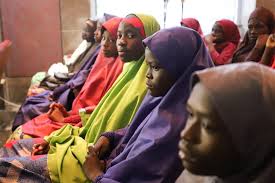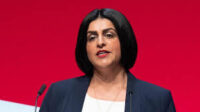Nigeria’s long-awaited Museum of West African Art (Mowaa) in Benin City has found itself at the center of a fierce political and cultural storm just days after it was meant to open its doors to the public.
The six-hectare, $25 million museum complex designed by world-renowned British-Ghanaian architect Sir David Adjaye was envisioned as a beacon of African creativity and cultural pride. Instead, its grand opening has been derailed by power tussles, name disputes, and protests that forced guests to flee under police escort.
Built to celebrate the artistic heritage of West Africa and the famous Benin Bronzes, Mowaa was expected to redefine Nigeria’s cultural landscape. Backed by international donors including the French and German governments, the British Museum, and the Edo State government, it promised to create over 30,000 jobs and inject $80 million annually into the local creative economy.
But just as the museum was set to open, the Edo State government abruptly revoked its land rights, claiming it violated its original registration as the Edo Museum of West African Art after dropping “Edo” from its name. The move followed heated protests led by groups loyal to the Oba of Benin, demanding the project be renamed the Benin Royal Museum and placed under the royal family’s control.
The protests and government action have turned what should have been a cultural milestone into a public relations disaster, exposing deep political and traditional rivalries within Edo State. President Bola Tinubu has since stepped in, setting up a high-level committee to calm tensions and salvage the situation.
At the heart of the dispute lies the question of who should control Nigeria’s most valuable cultural treasures — especially the Benin Bronzes, thousands of which were looted by British soldiers in 1897. While many have been returned to Nigeria, their ownership has become a source of contention between the federal government, the Edo State government, and the Oba’s palace.
Mowaa’s executive director, businessman Phillip Ihenacho, insists the institution was never solely about the Benin Bronzes but about nurturing a modern ecosystem for African creativity spanning film, photography, fashion, and contemporary art. “We are building something that celebrates the past but also inspires the future,” he said.
Despite the controversy, the museum has already become a hub for young creatives, scholars, and conservators from across West Africa. Yet its future now hangs in the balance, caught between politics, tradition, and the struggle to define who controls Africa’s artistic heritage.














Leave a comment